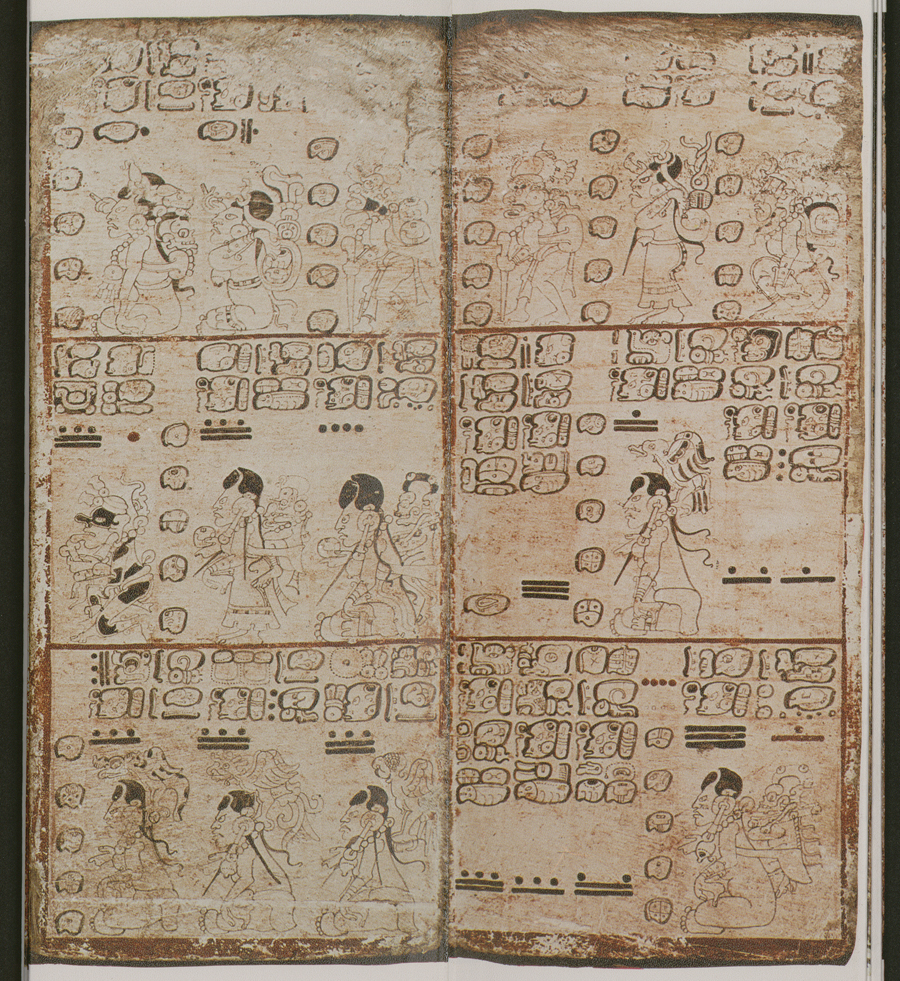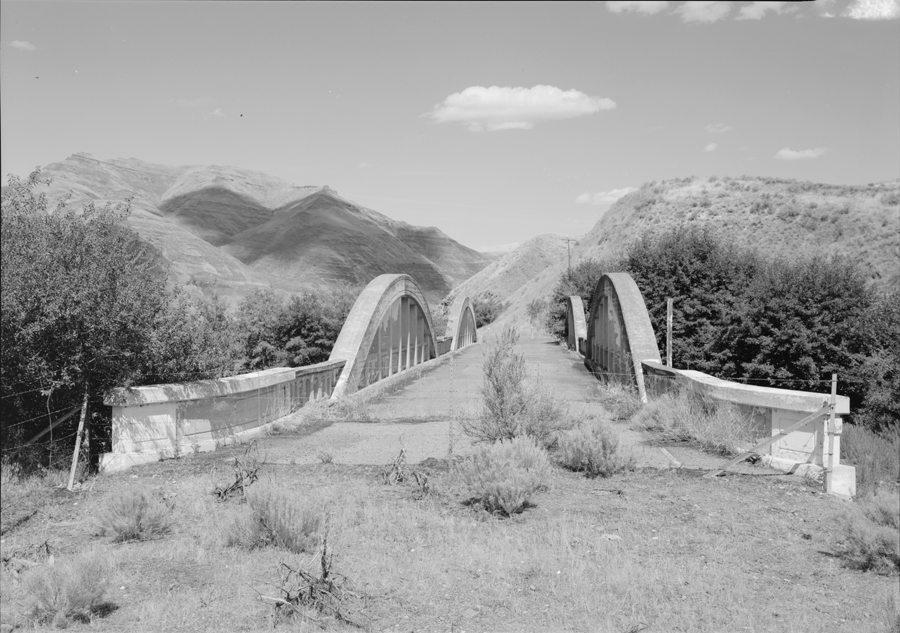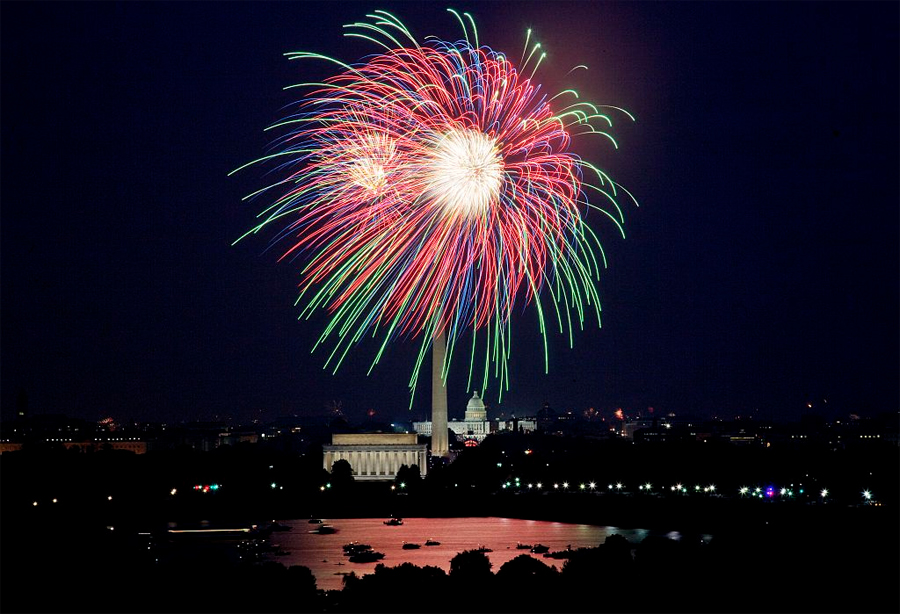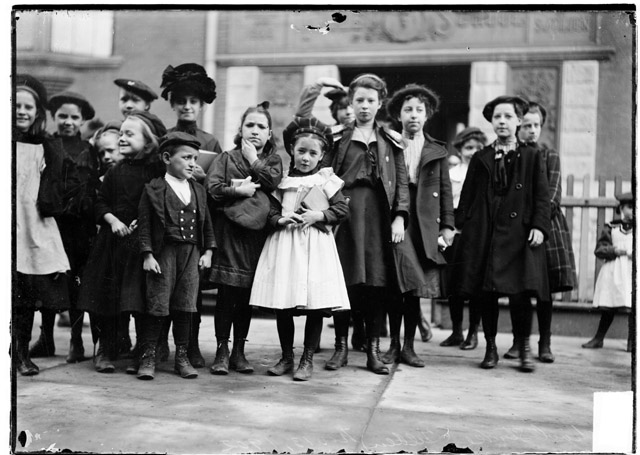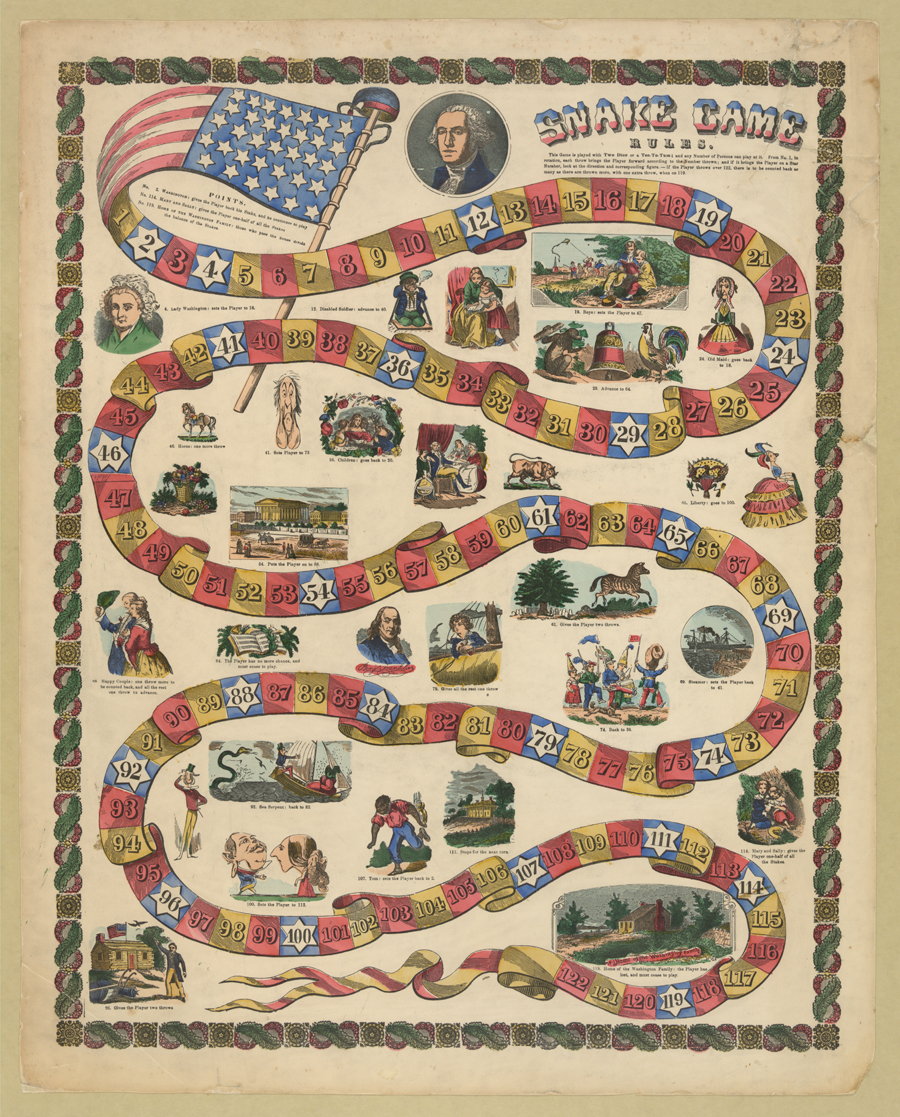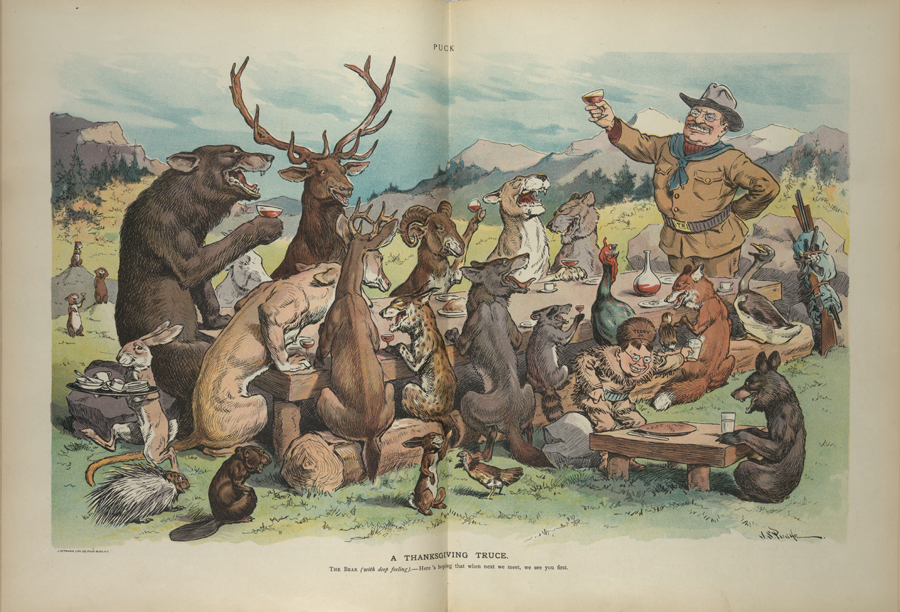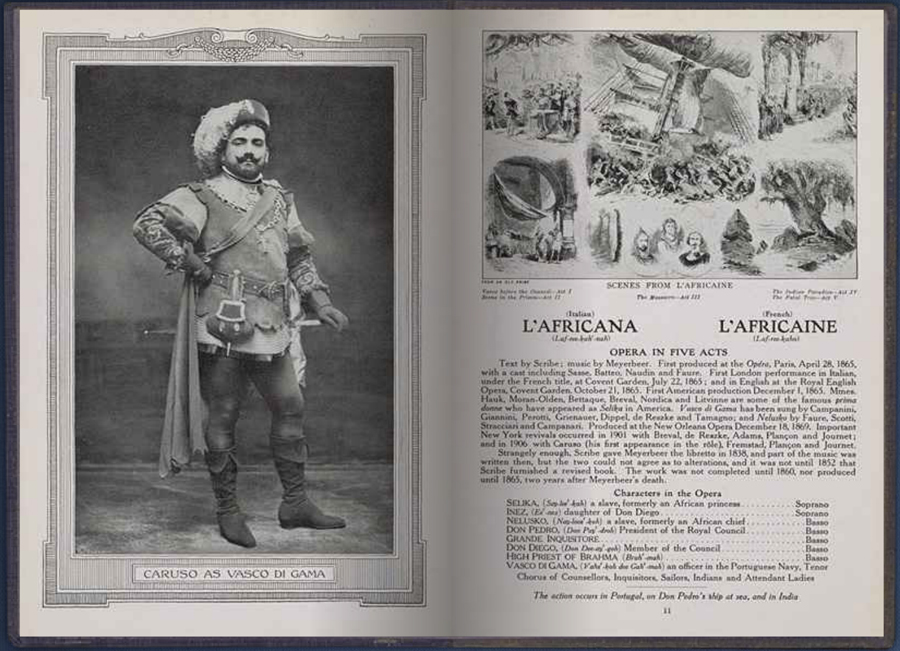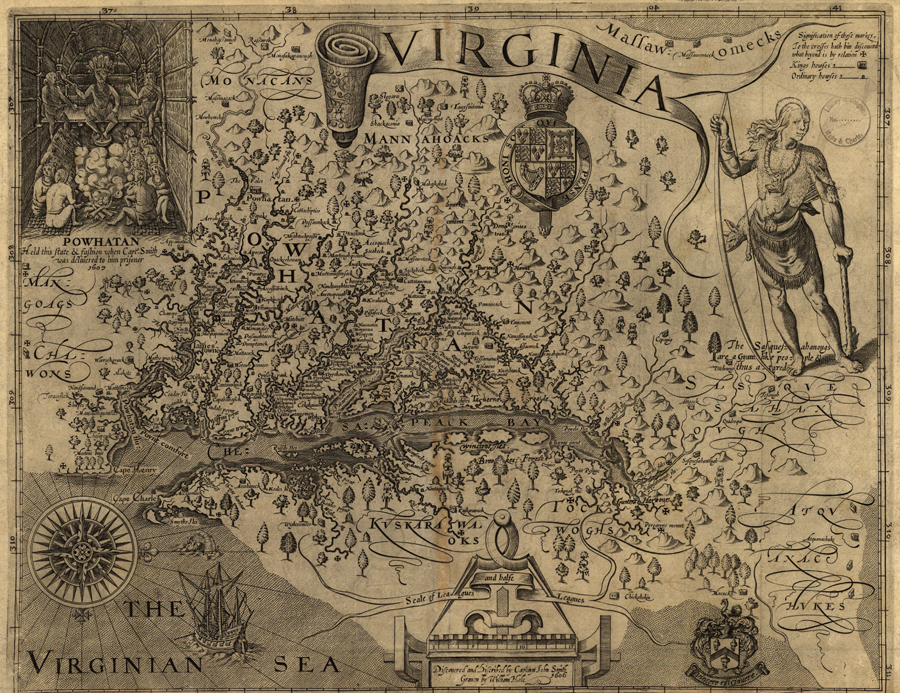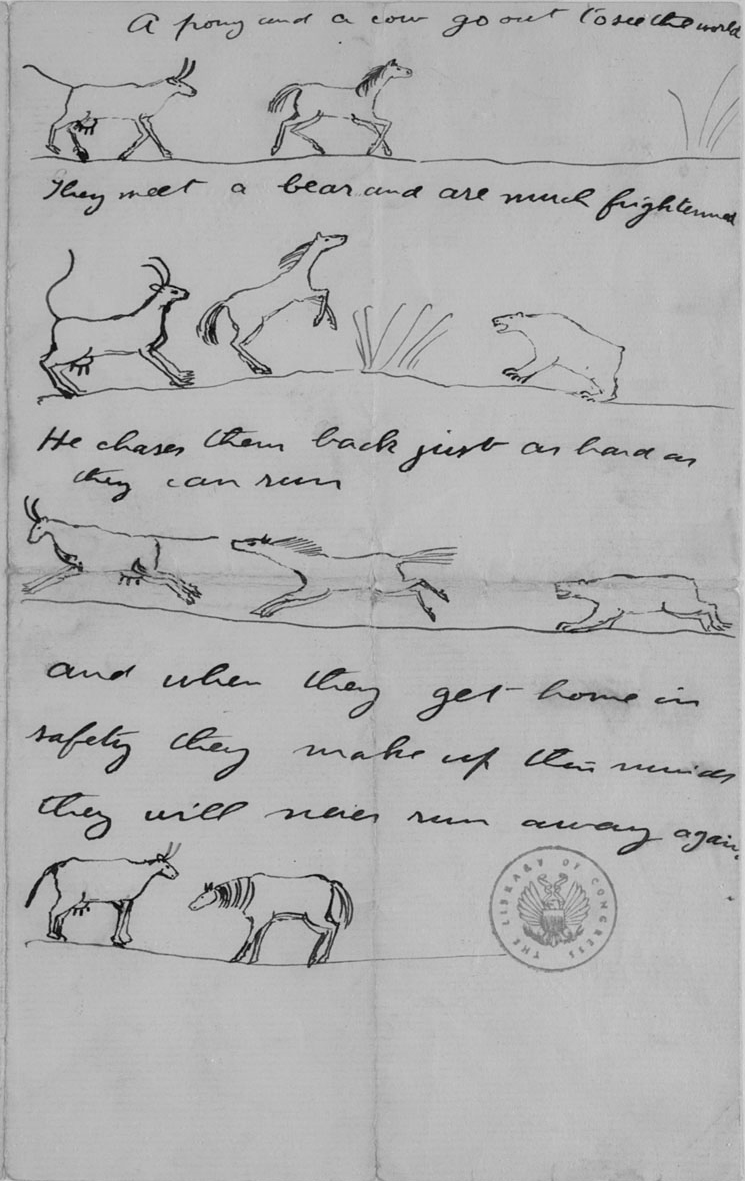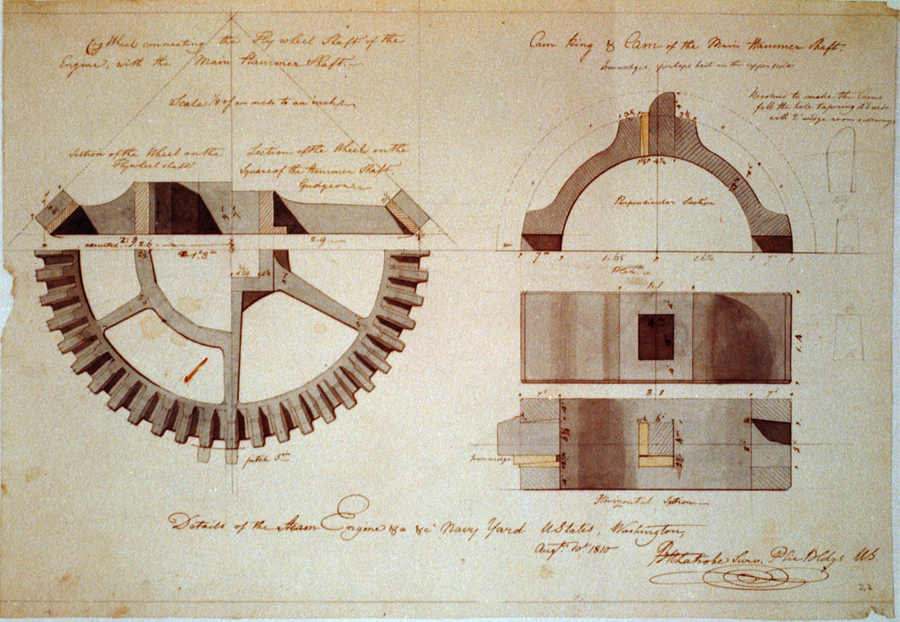Guided Primary Source Analysis: Maya Dresden Codex
Compare and contrast this image with the other codex images included in the Heavens and Time section of the Exploring the Early Americas online exhibition. What similarities and differences do you notice? Investigate a codex-style vase. What did you learn? Describe a new insight you gained about the image above or another codex image. The Dresden Codex is…

